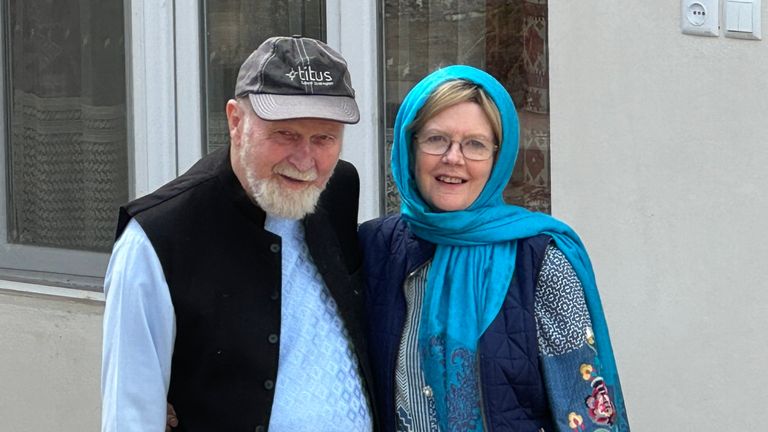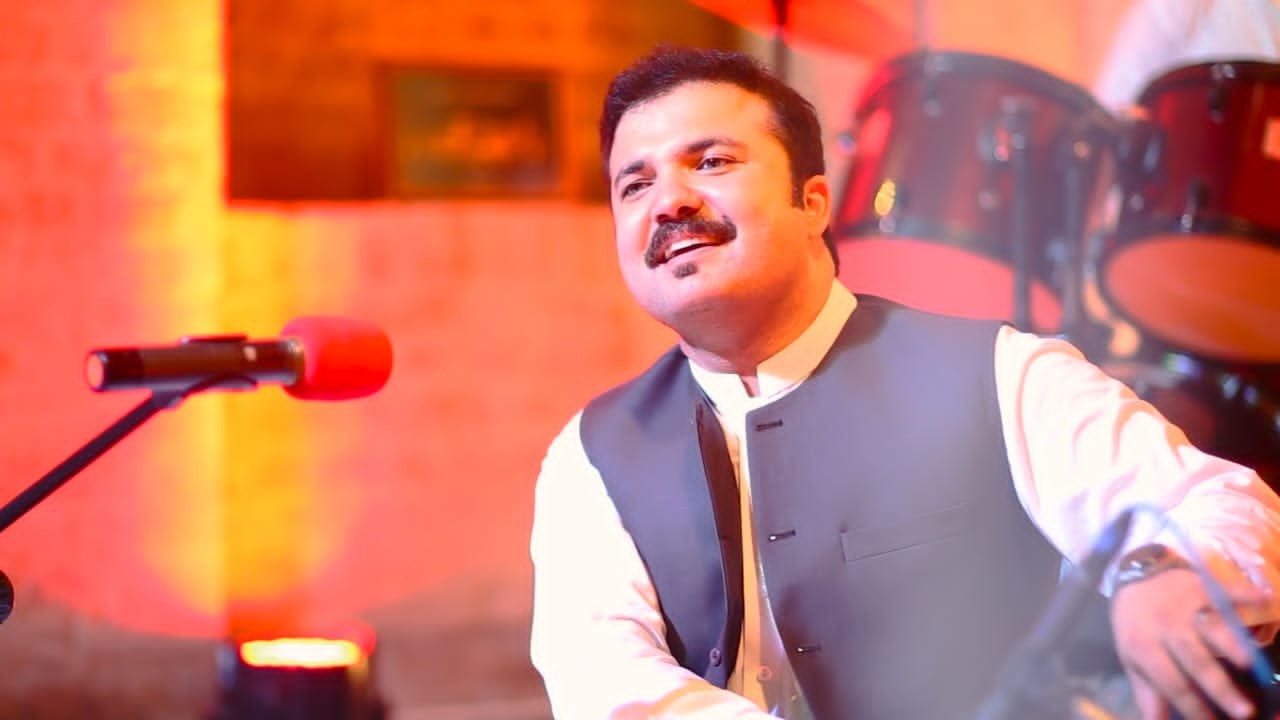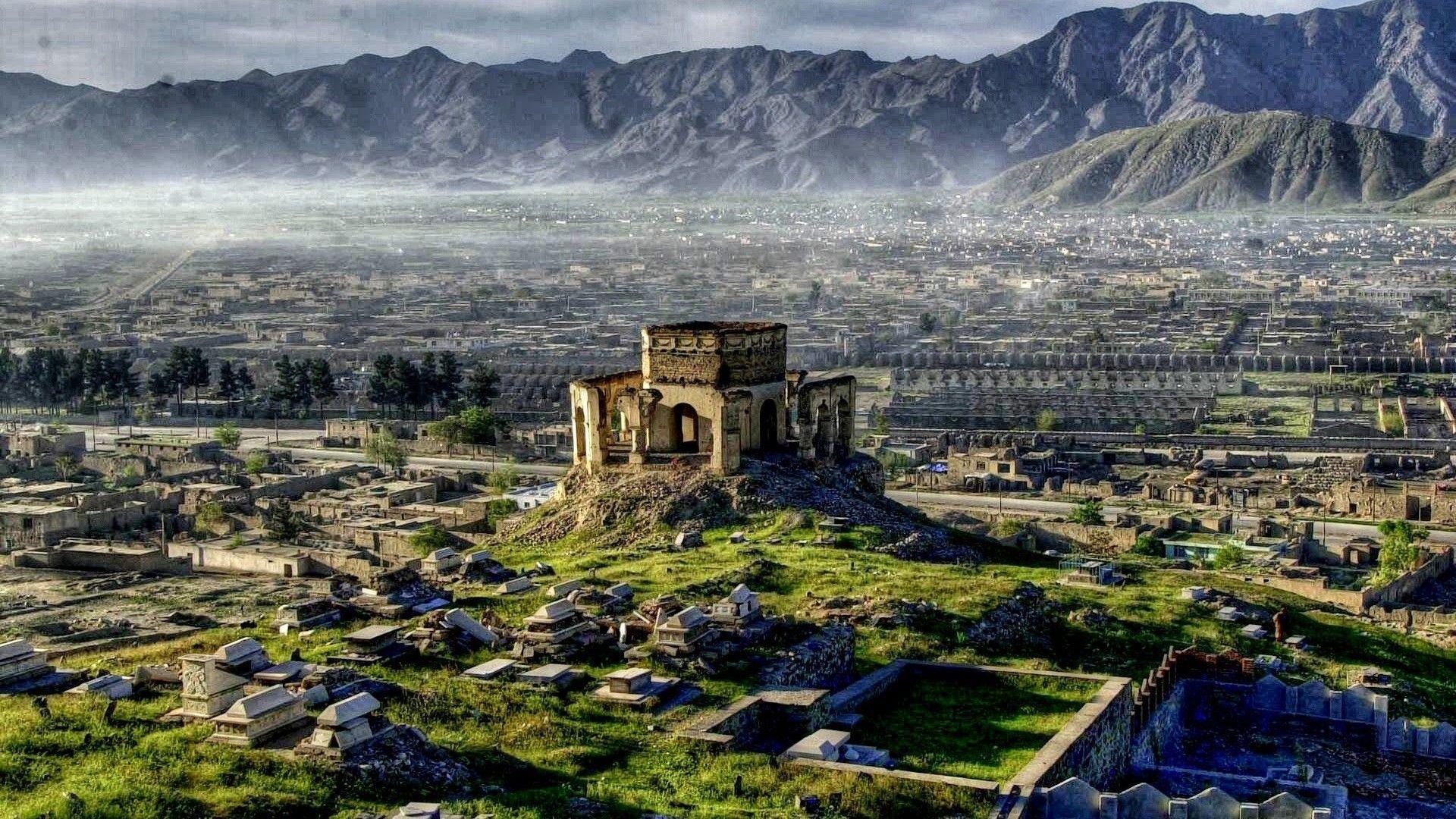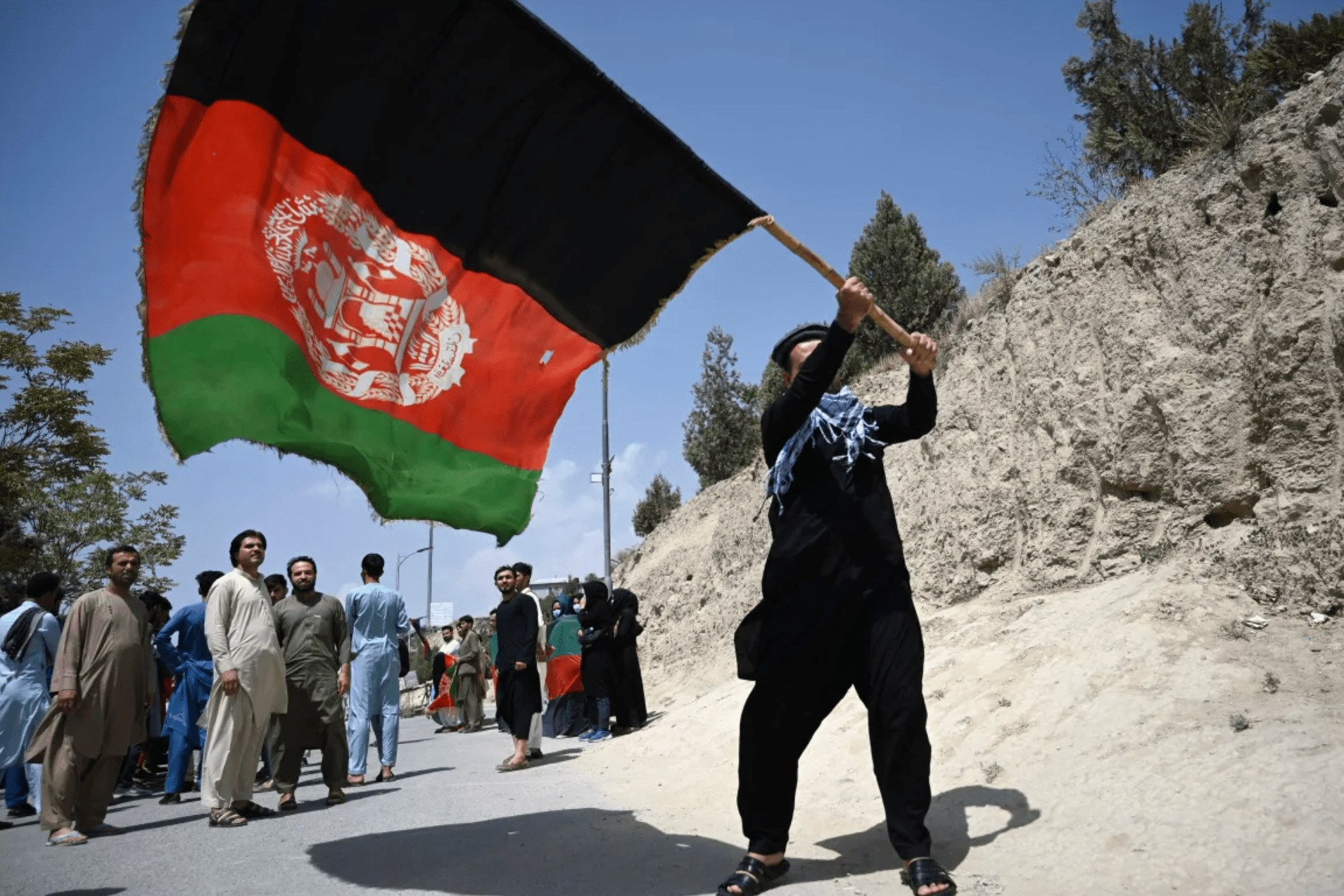Nawroz 1404: A Celebration of Renewal, Tradition, and Unity
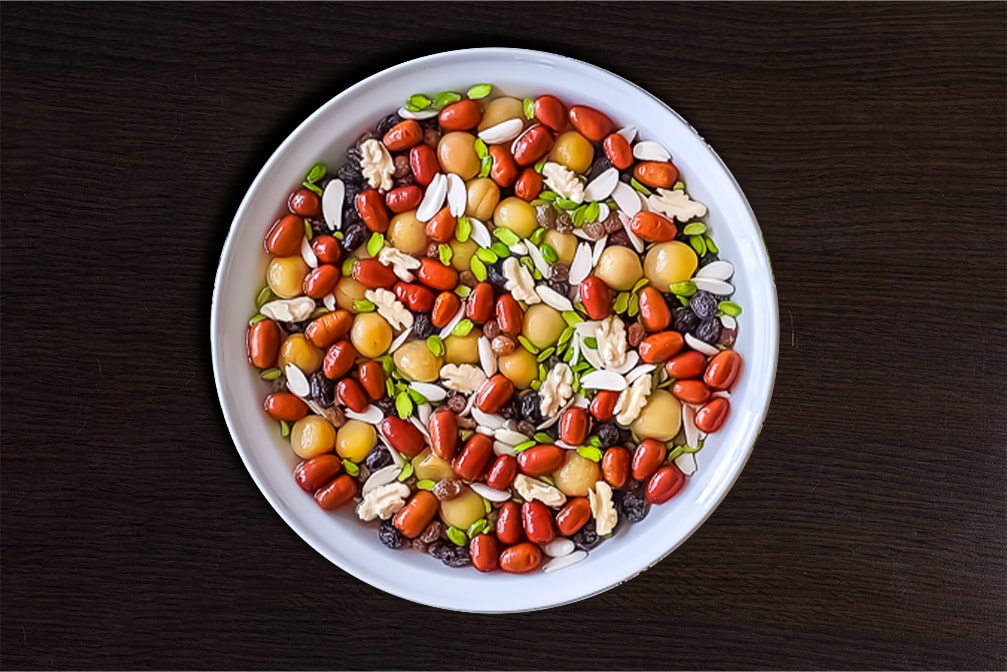
March 20th, 2025 marked the beginning of spring, and thus, Nawroz 1404, a celebration of renewal, rebirth, and the arrival of the new year. For millions across Iran, Afghanistan, Central Asia, the Caucasus, the Middle East, and beyond, Nawruz is more than just a calendar event; it is a deeply rooted tradition that brings families and communities together in joyous festivities that have endured for over 3,000 years.
Tied to Zoroastrian traditions, Nowruz has transcended religious and national boundaries, becoming a cultural mainstay across diverse societies. The preparation for the holiday begins weeks in advance where families thoroughly reorganize their homes to welcome the new year with a fresh start. As the equinox approaches, marketplaces become lively with people buying new clothes, fresh flowers, and ingredients for traditional dishes.
Nawroz traditions differ in different places. In Iran, one of the most well-known traditions of Nowruz is the Haft-Seen, a symbolic arrangement of seven items beginning with the Persian letter 'S,' each representing prosperity, health, and renewal. Similarly, in Afghanistan, many families prepare Haft Mewa, a sweet compote made from seven dried fruits and nuts soaked in syrup, symbolizing abundance and harmony. In Kurdish communities, Nowruz is marked by lighting torches and bonfires, signifying freedom and resistance. Meanwhile, in Central Asia, horse racing and other outdoor games are a key part of the celebrations.
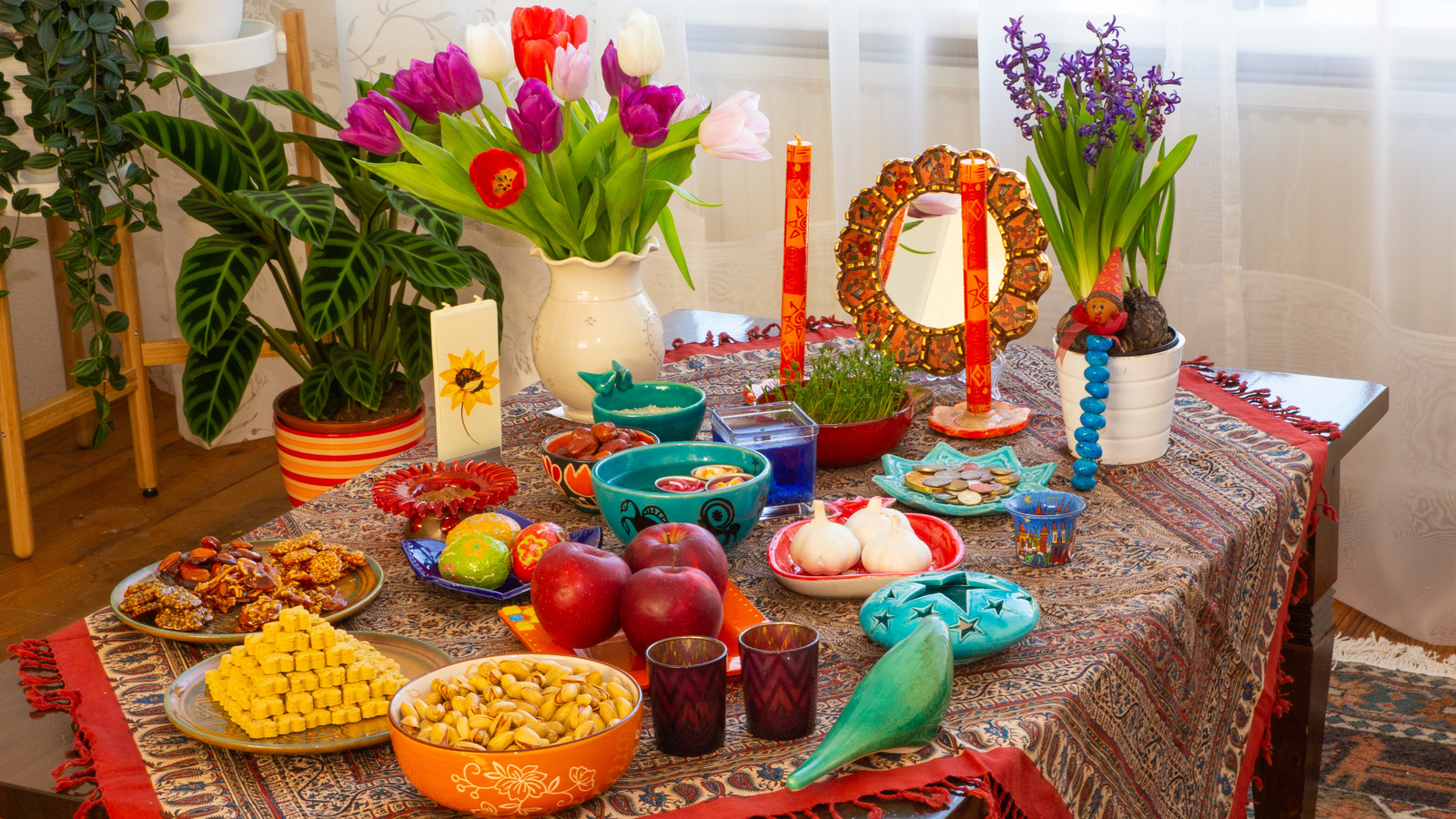
In Afghanistan, Nowruz is celebrated with great enthusiasm, particularly in cities like Mazar-e-Sharif, where the Guli Surkh festival marks the occasion with elaborate ceremonies, poetry readings, music, and outdoor gatherings beneath the region’s iconic red tulip fields. The Janda Bala (raising of the banner) at the Blue Mosque is a central event in the Afghan Nowruz, where thousands gather to witness the unfurling of a grand green flag, a ritual believed to bring blessings and prosperity. Traditional foods such as samanak, a thick wheat-based pudding, are prepared in a communal setting, often by women who sing as they stir the pot overnight. Family visits, gift exchanges, and feasts featuring dishes like sabzi chalaw (spinach rice) and kulcha-e-nowrozi (Nowruz cookies) are all part of the celebration.
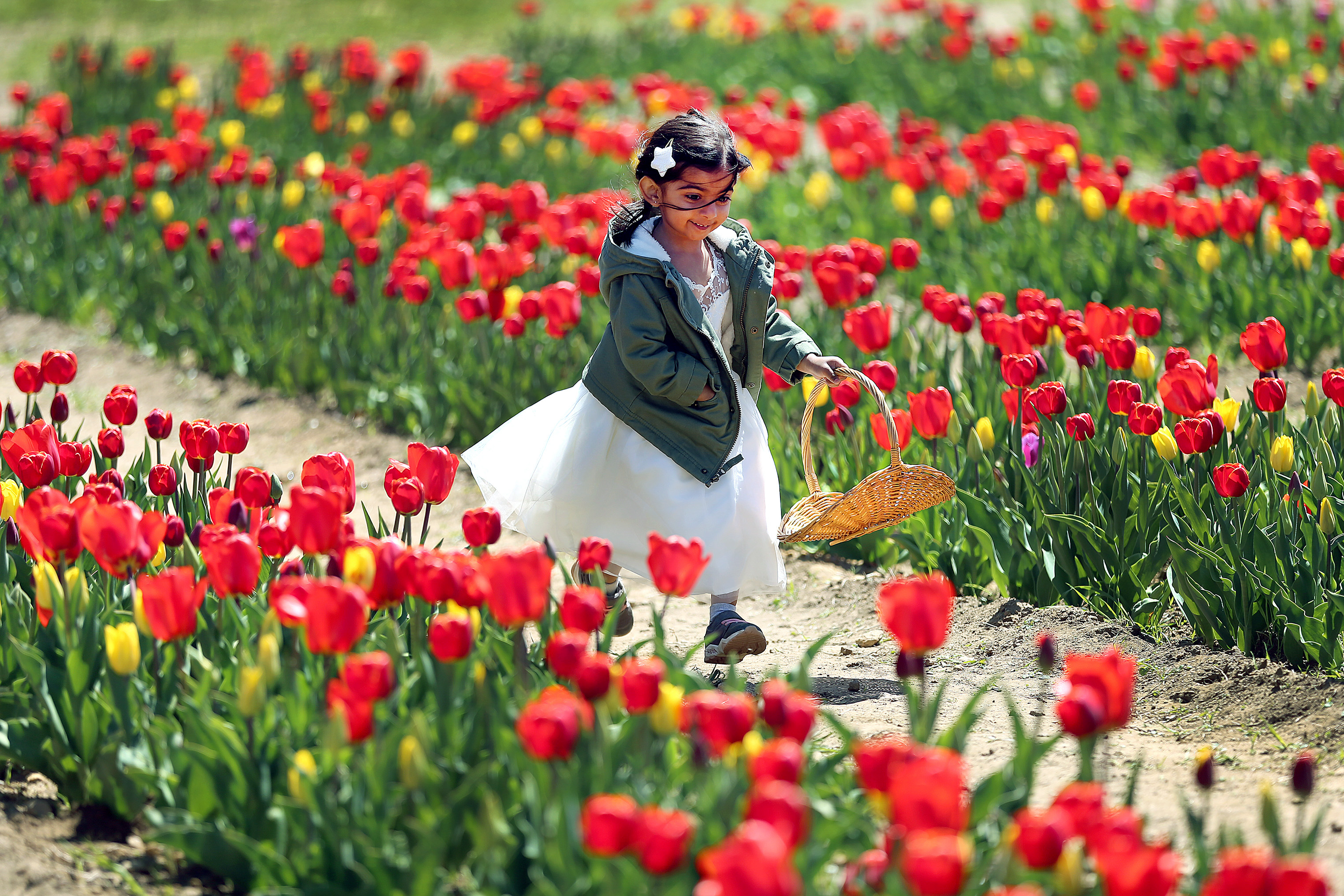
Nowruz has been recognized by the United Nations as an international holiday, celebrated by millions across different cultures and regions. Though the customs may vary, the essence remains the same: a celebration of new beginnings, unity, and hope. As each new year arrives, Nowruz continues to serve as a bridge between generations, carrying forward the spirit of renewal that defines this ancient tradition.
- 2025 Mar - 20


